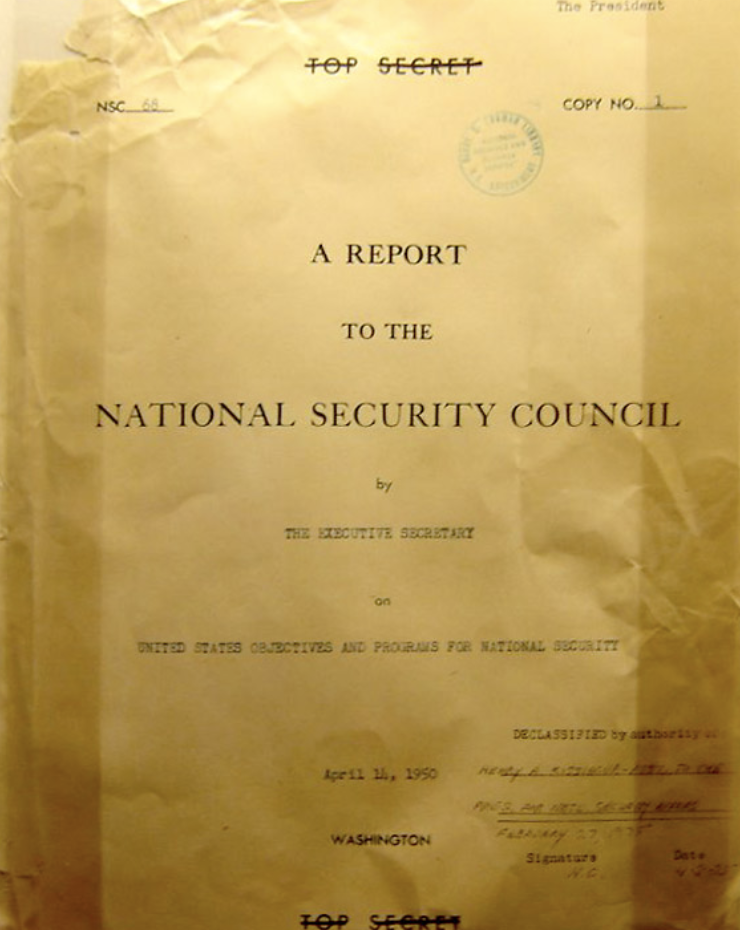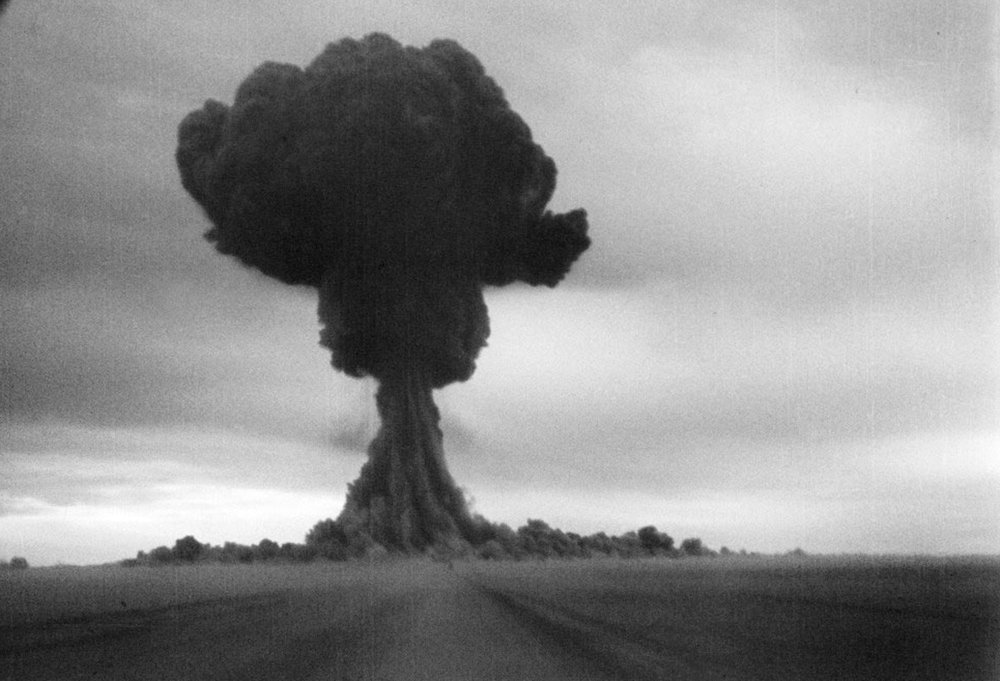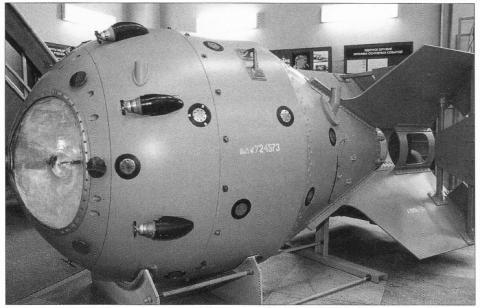@ColdWarPod @peterwsinger
[He says 1946 in the video but he meant 1949]
Soviets were like:
(1951 Classroom video)
history.com/this-day-in-hi…
@notabattlechick

history.com/topics/cold-wa…
history.com/this-day-in-hi…
millercenter.org/president/eise…
@Strategy_Bridge
thestrategybridge.org/the-bridge/202…











